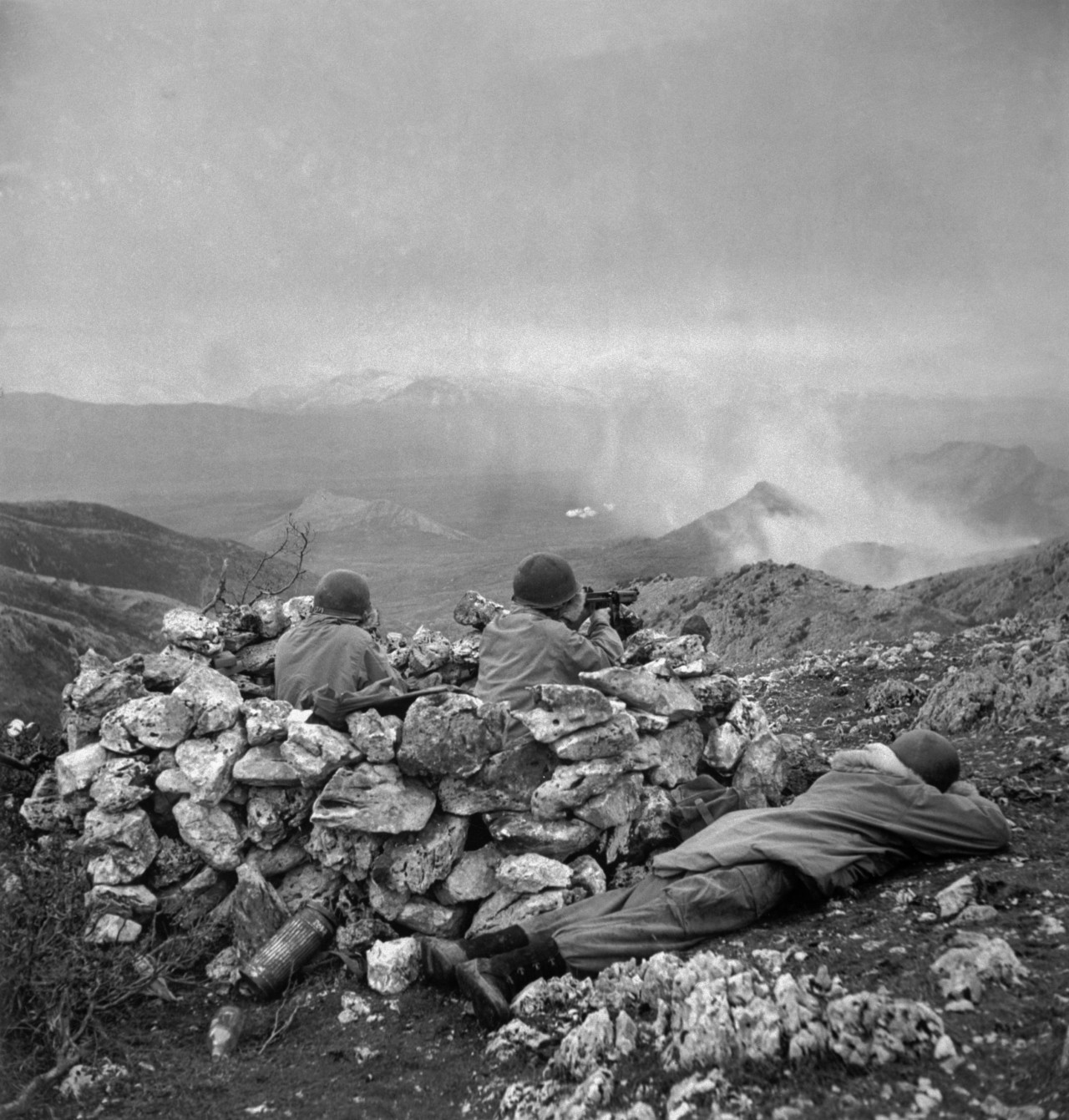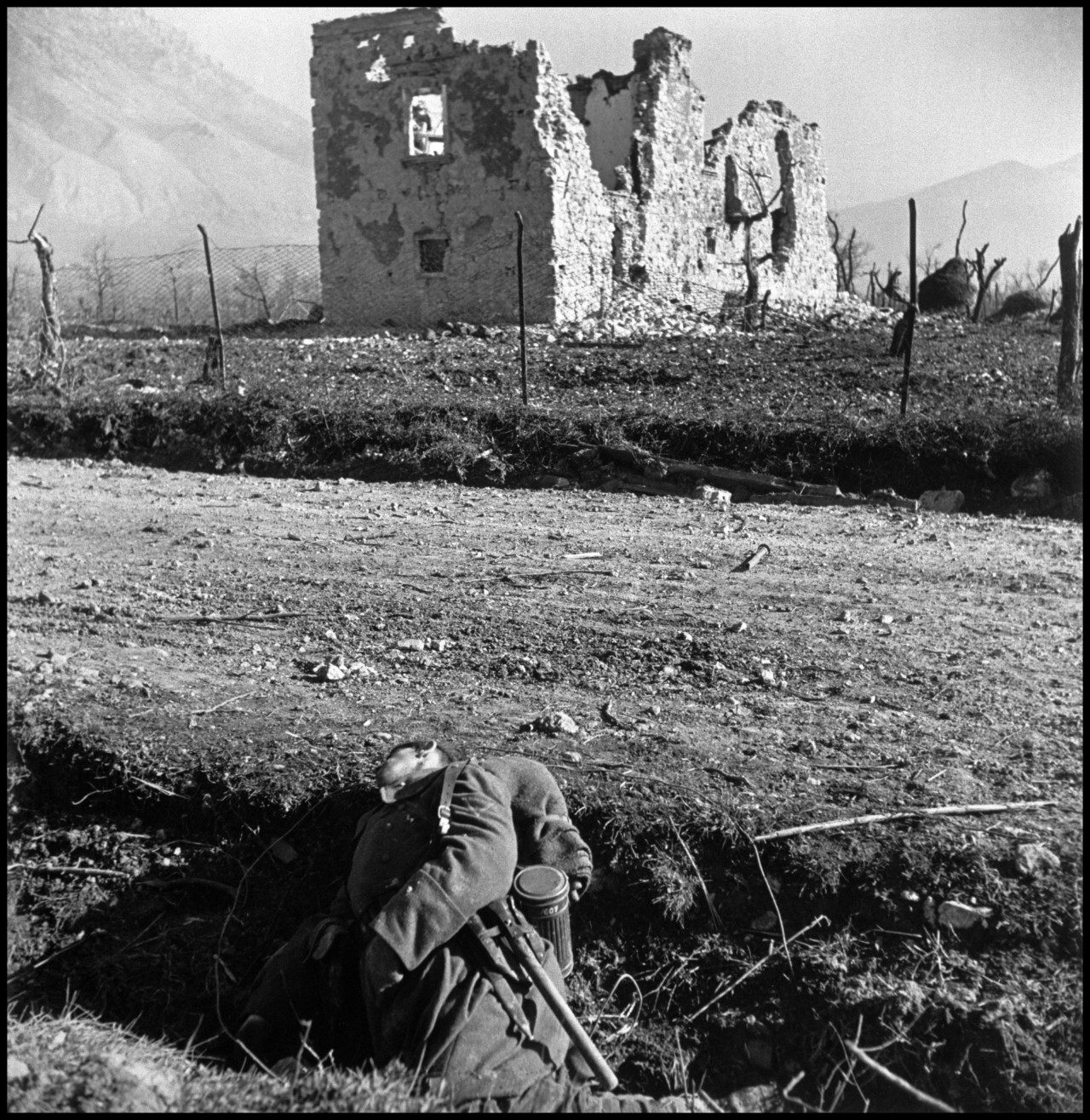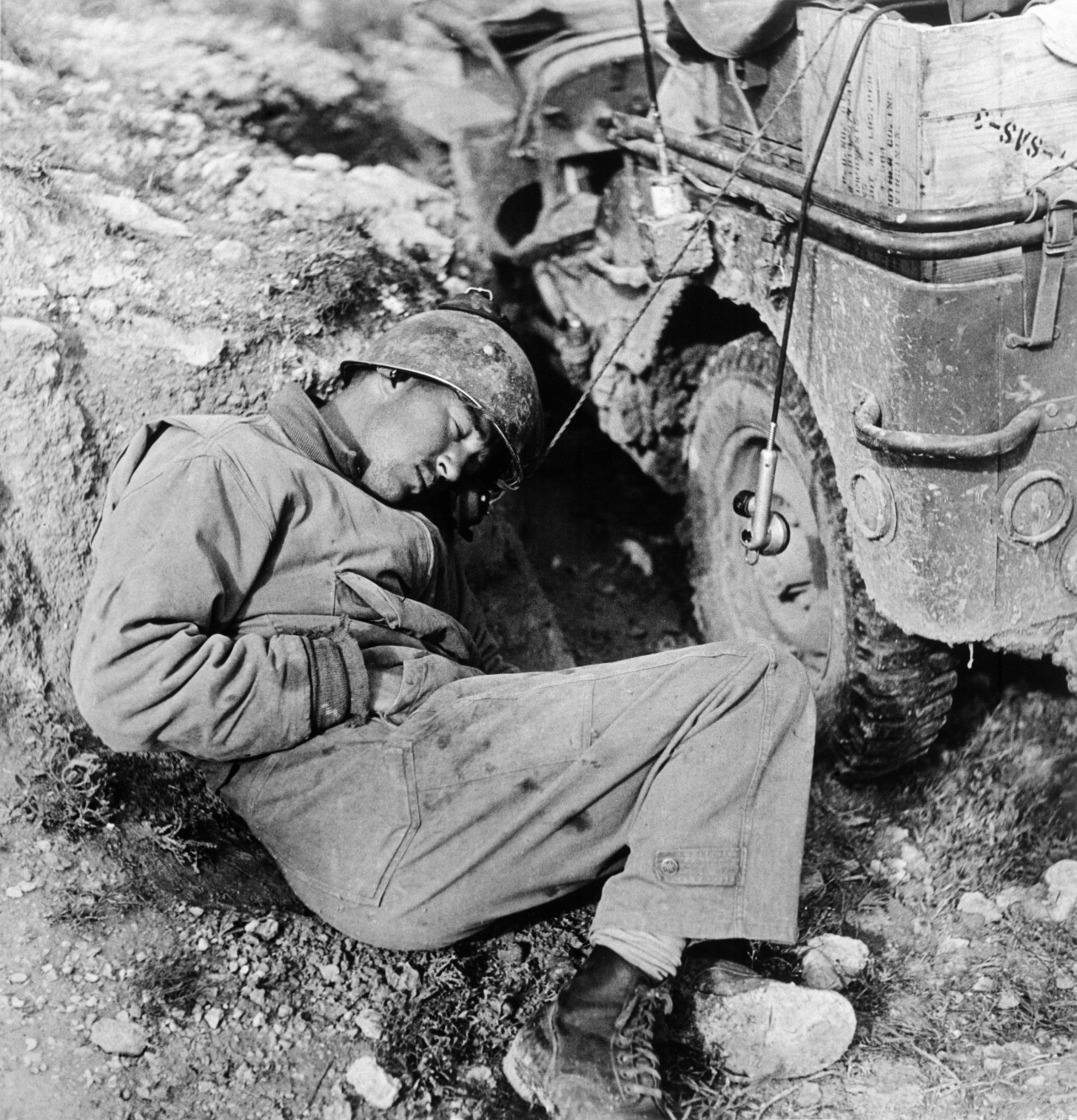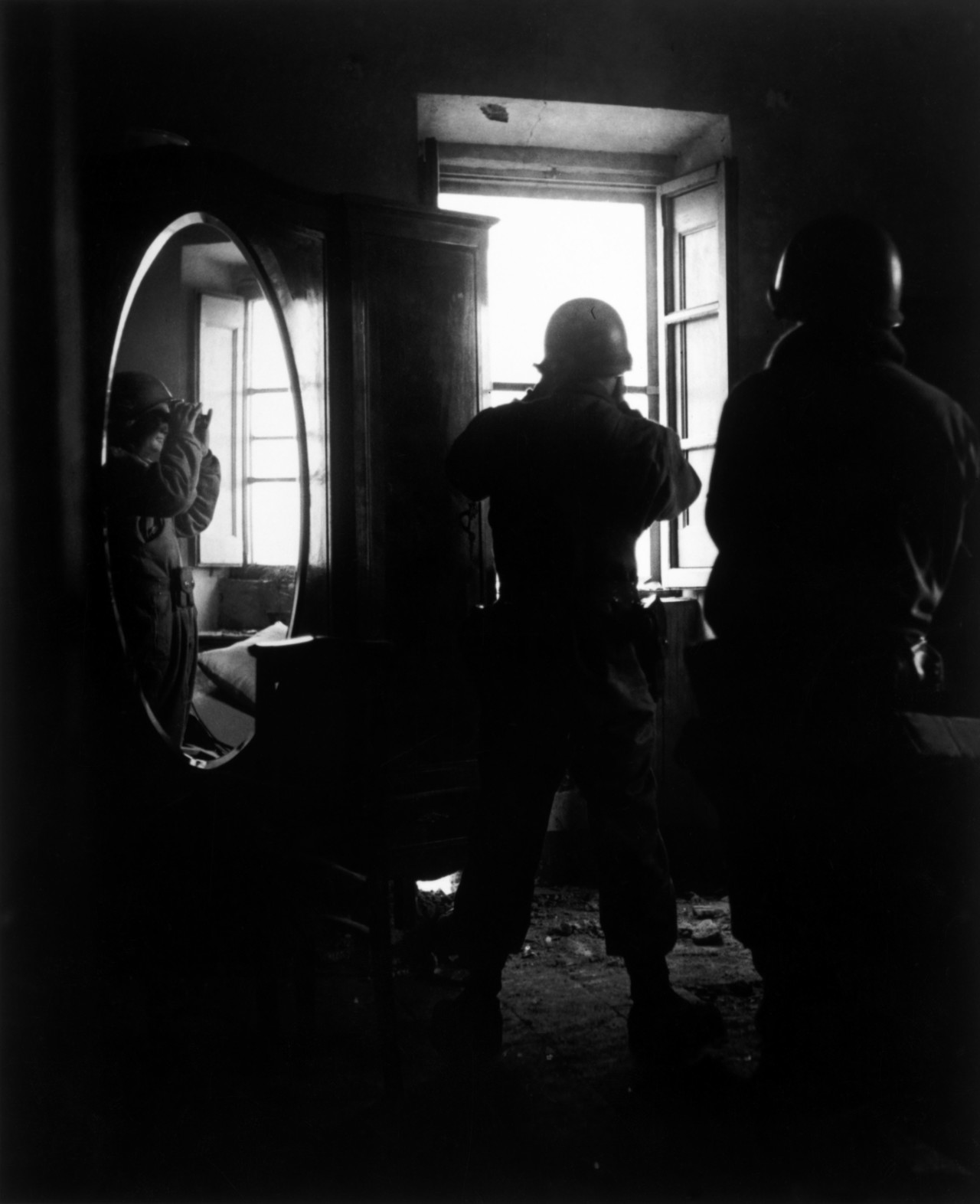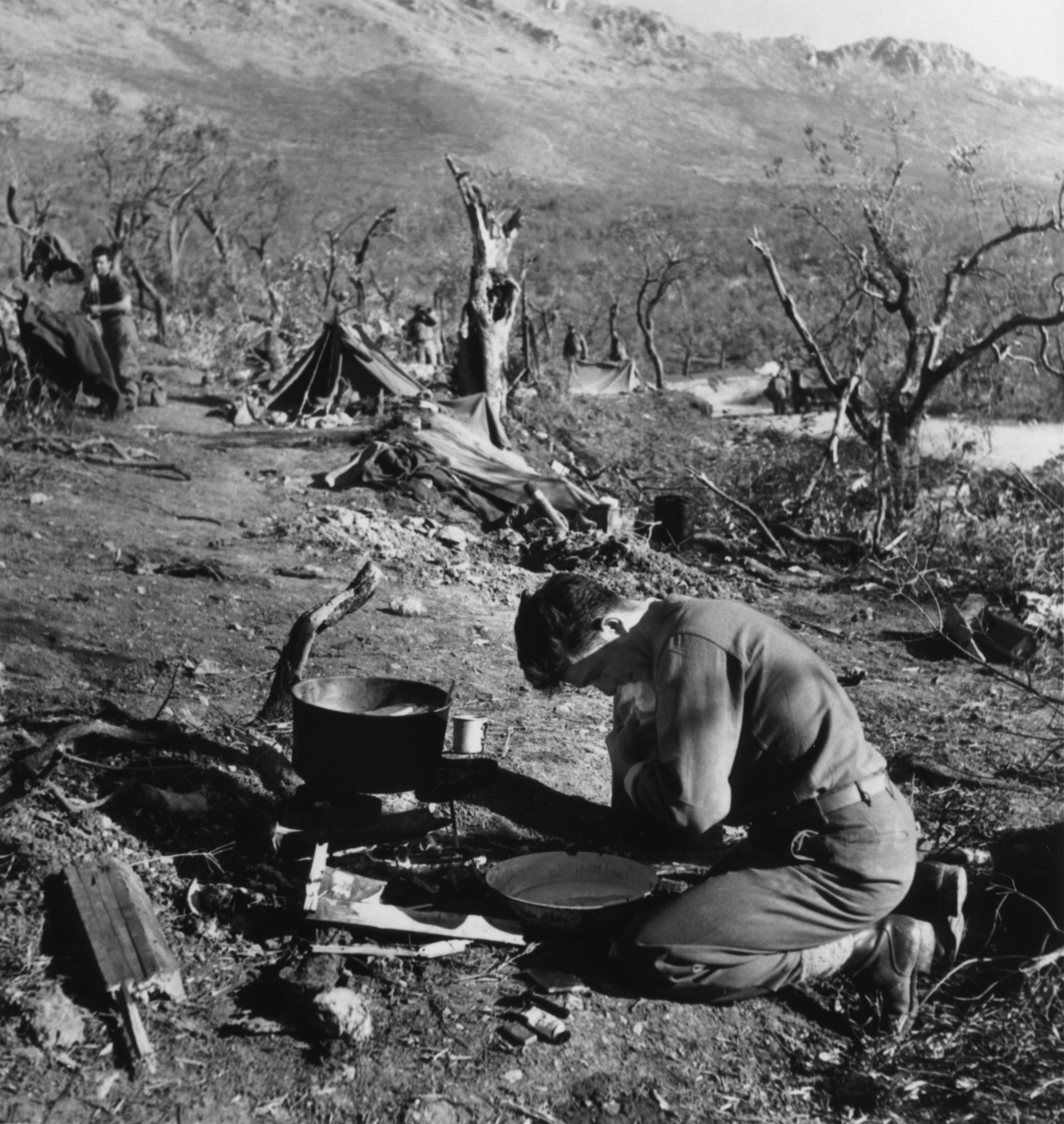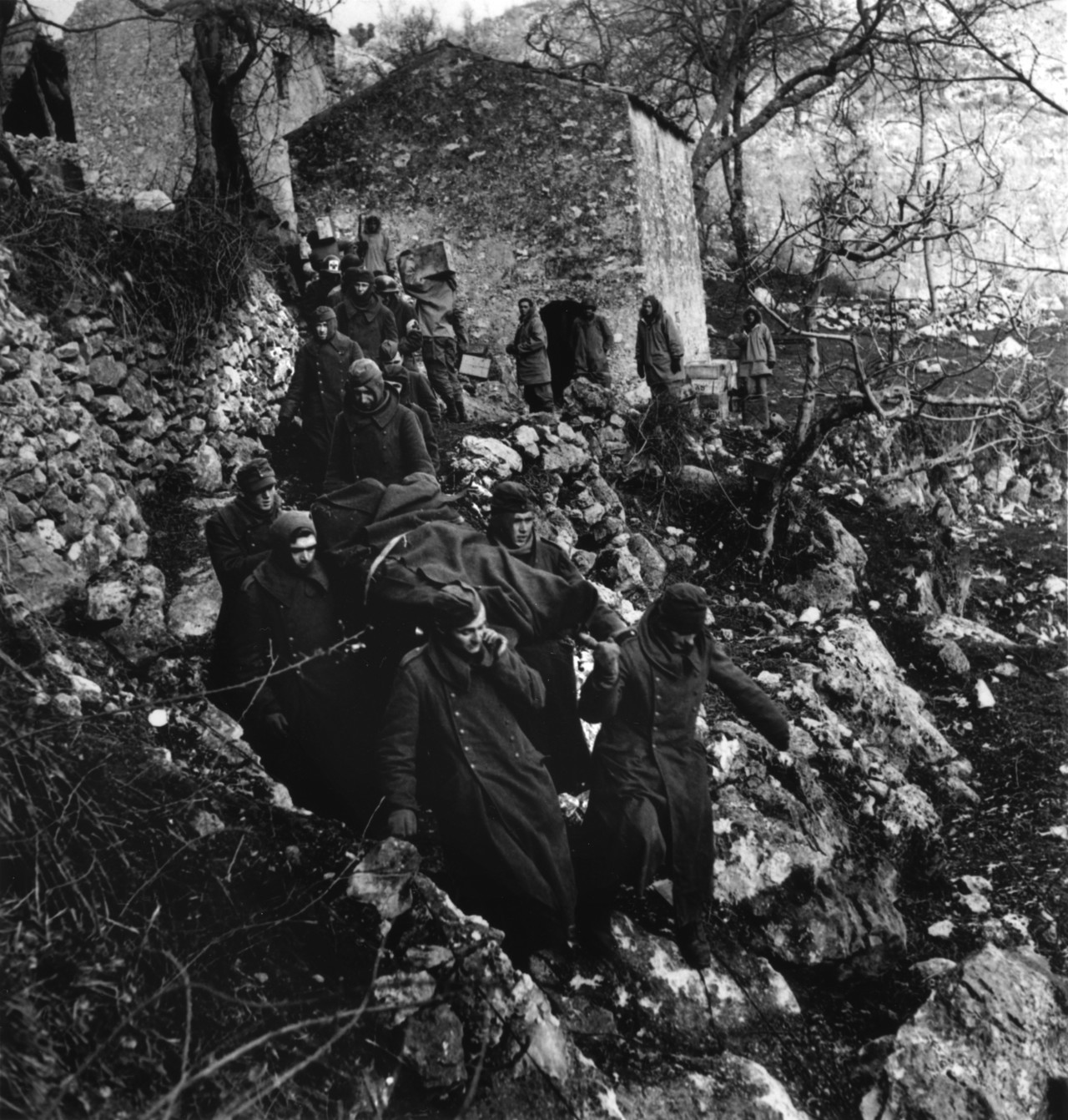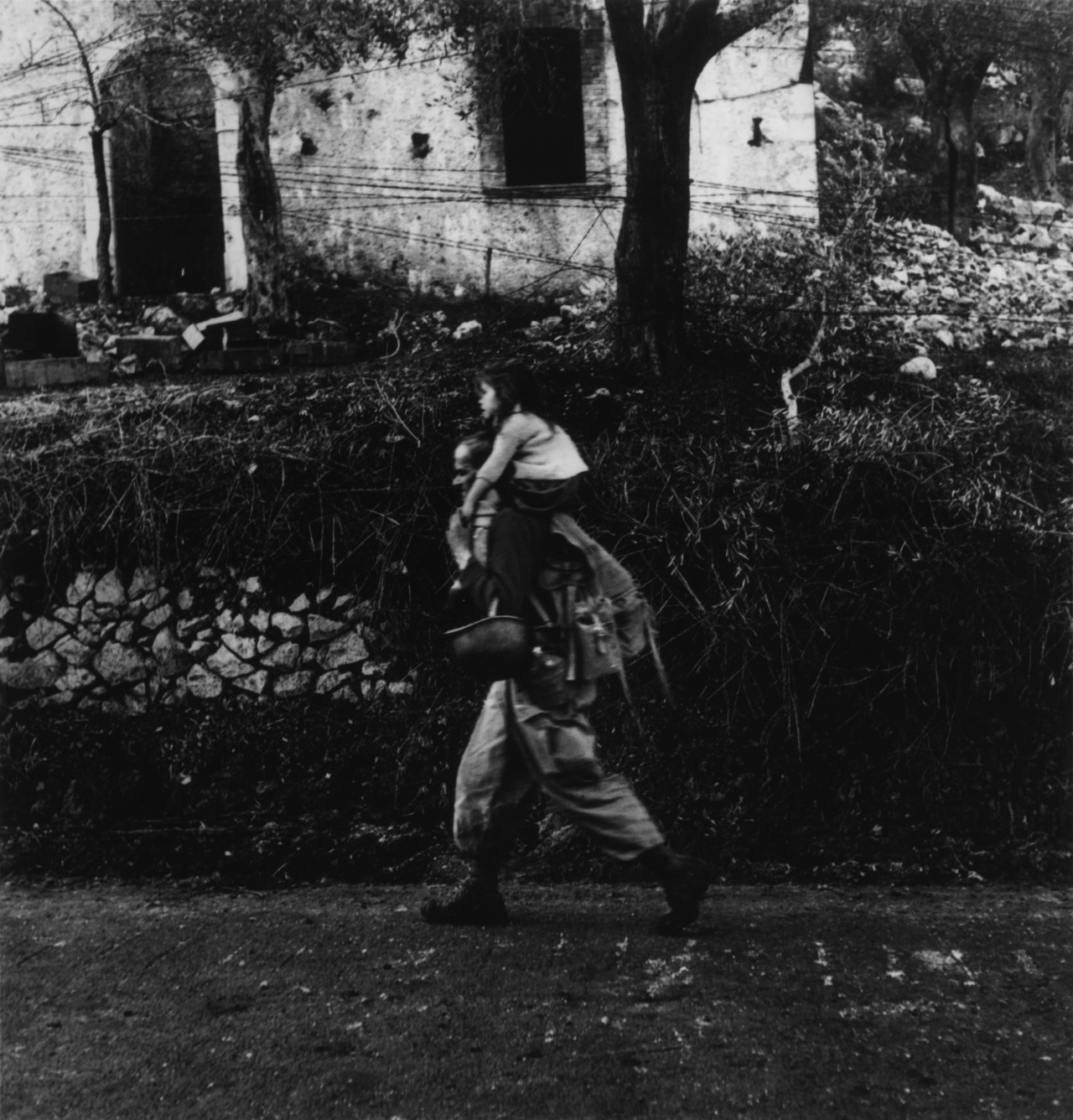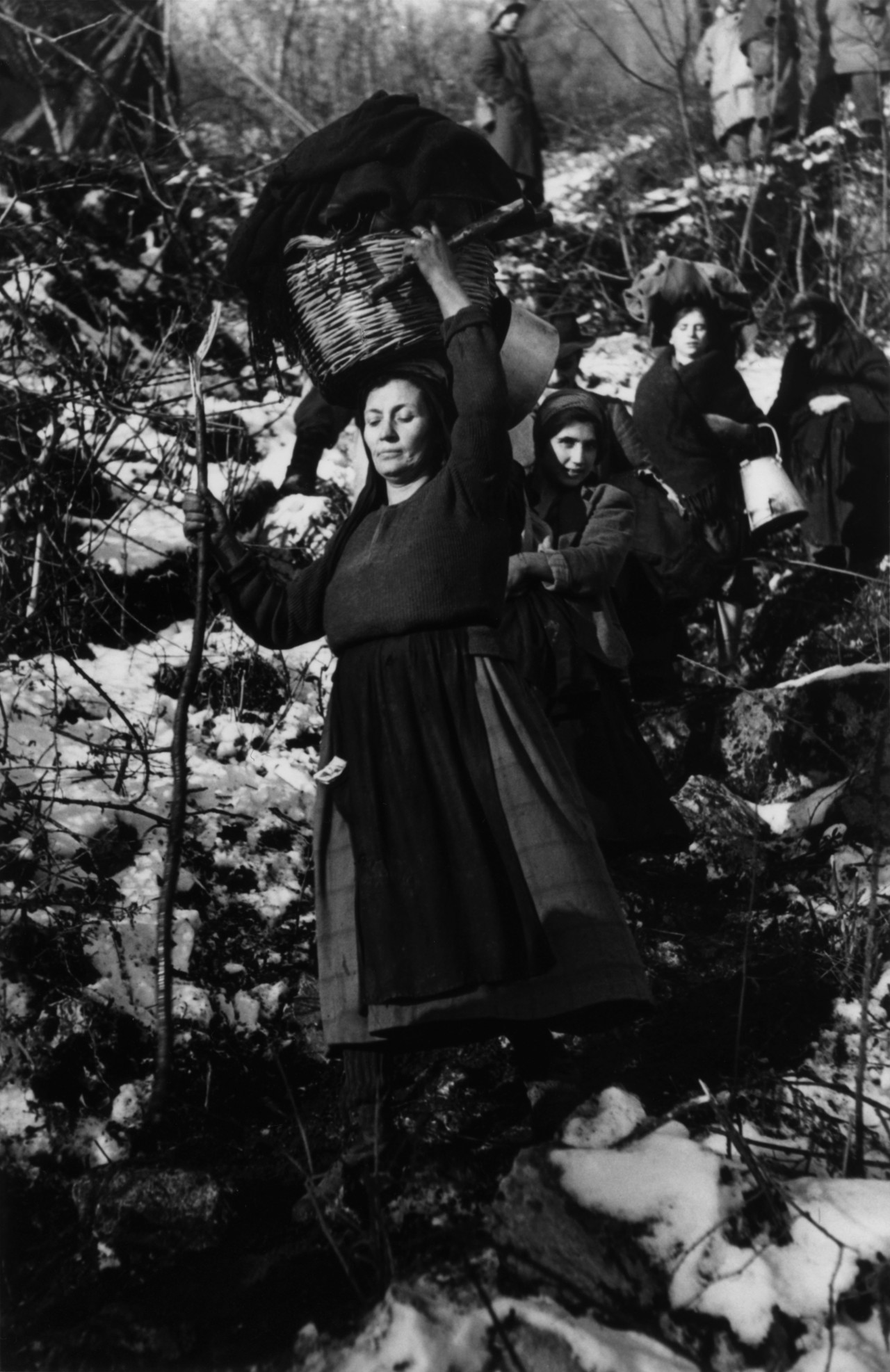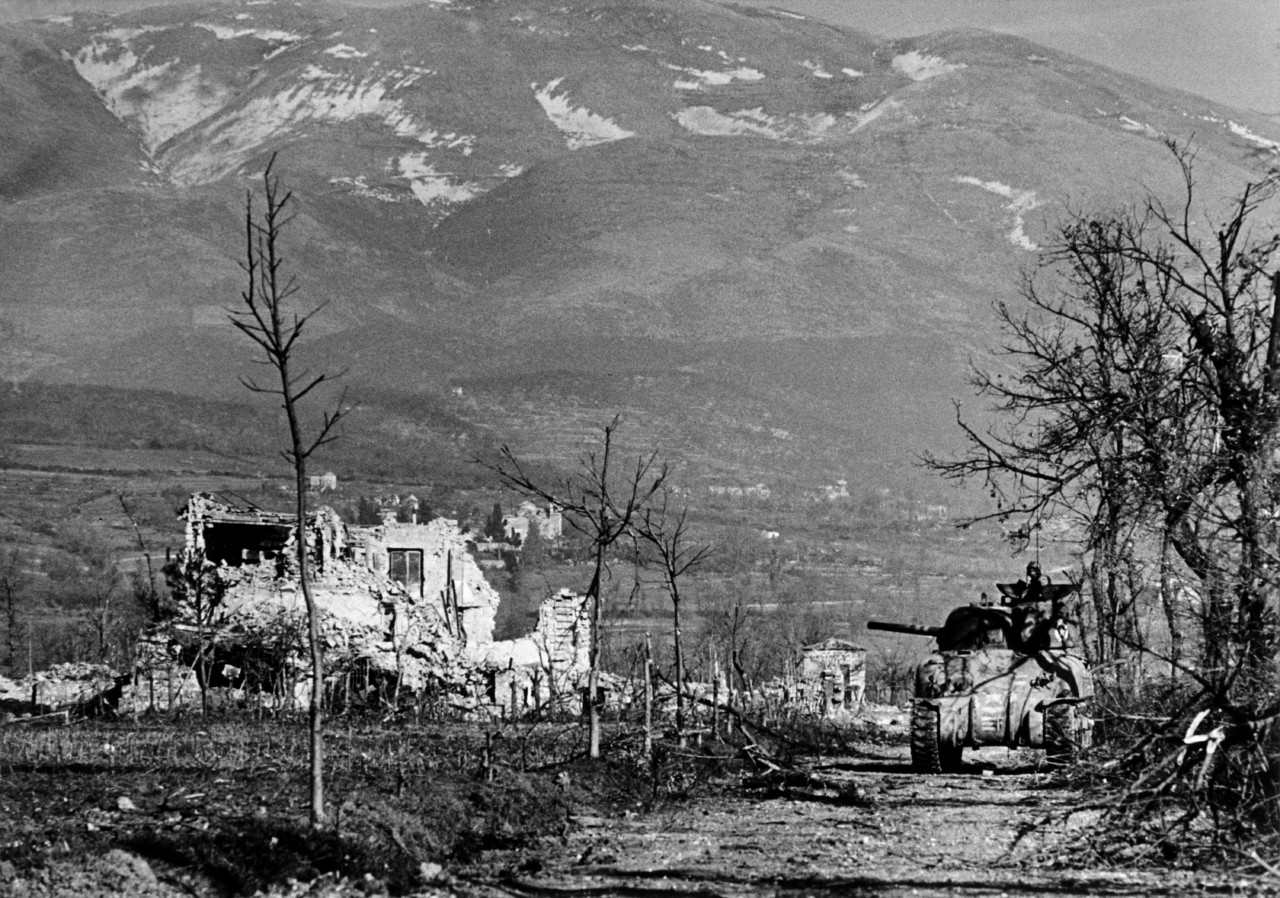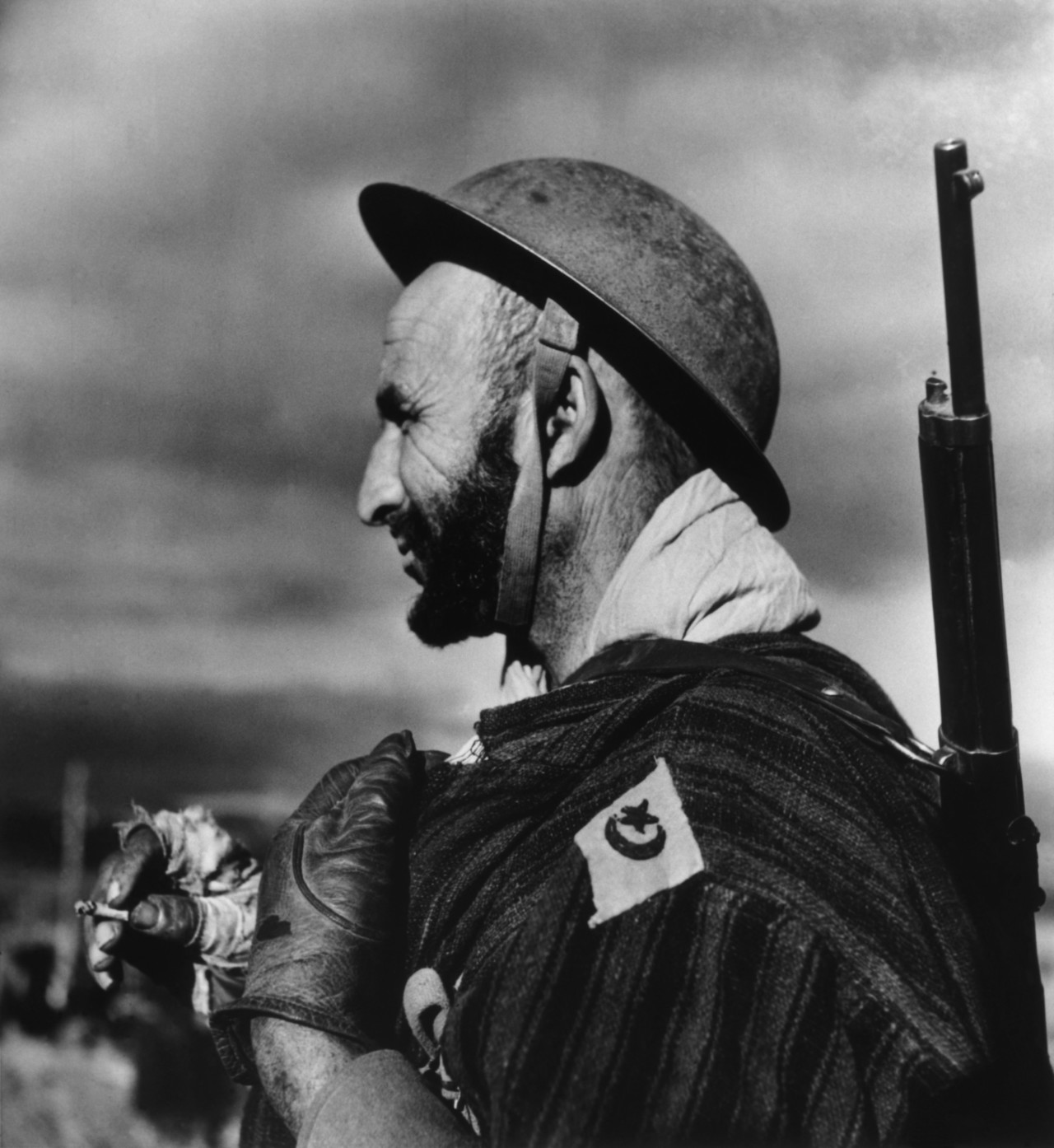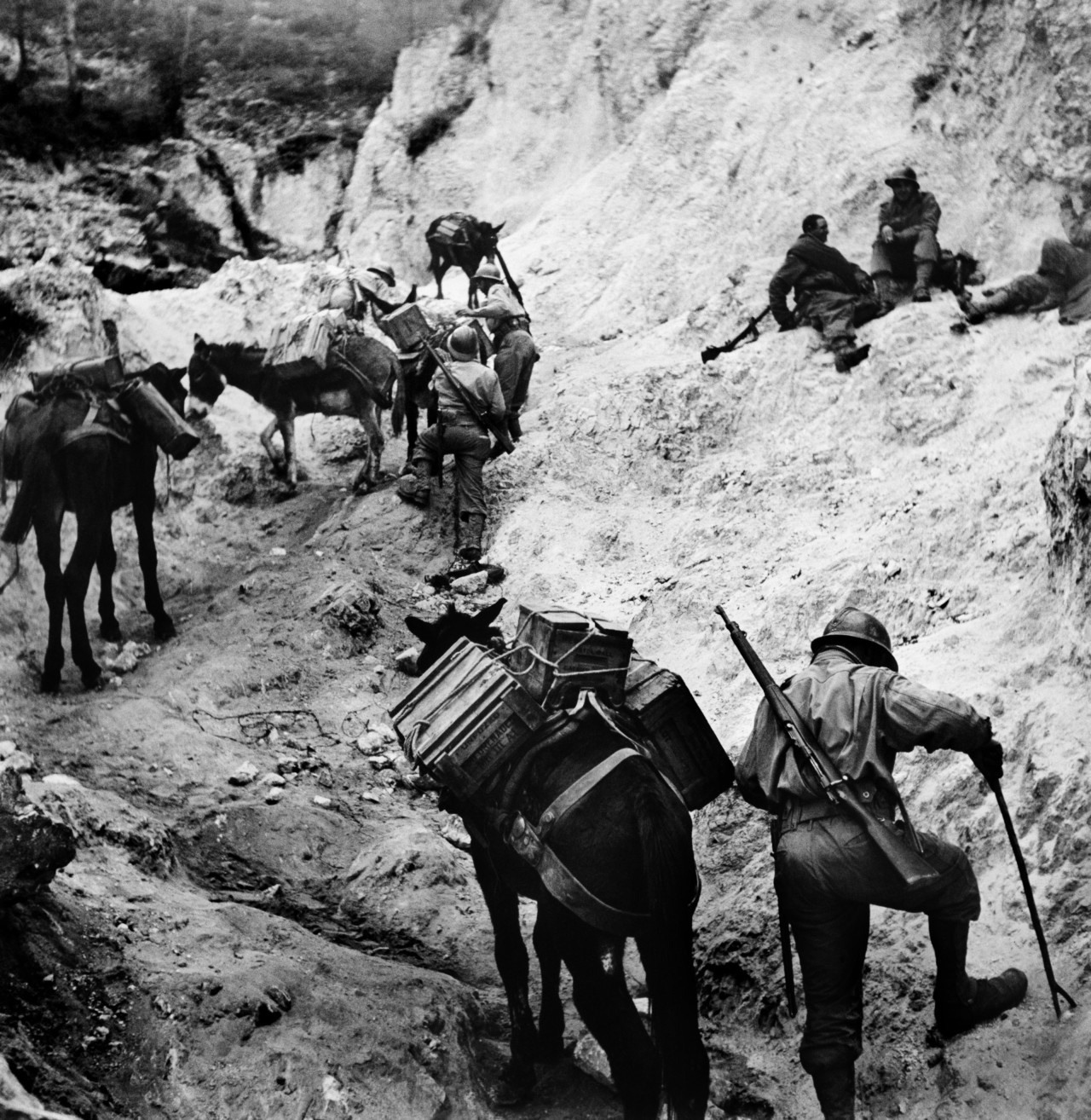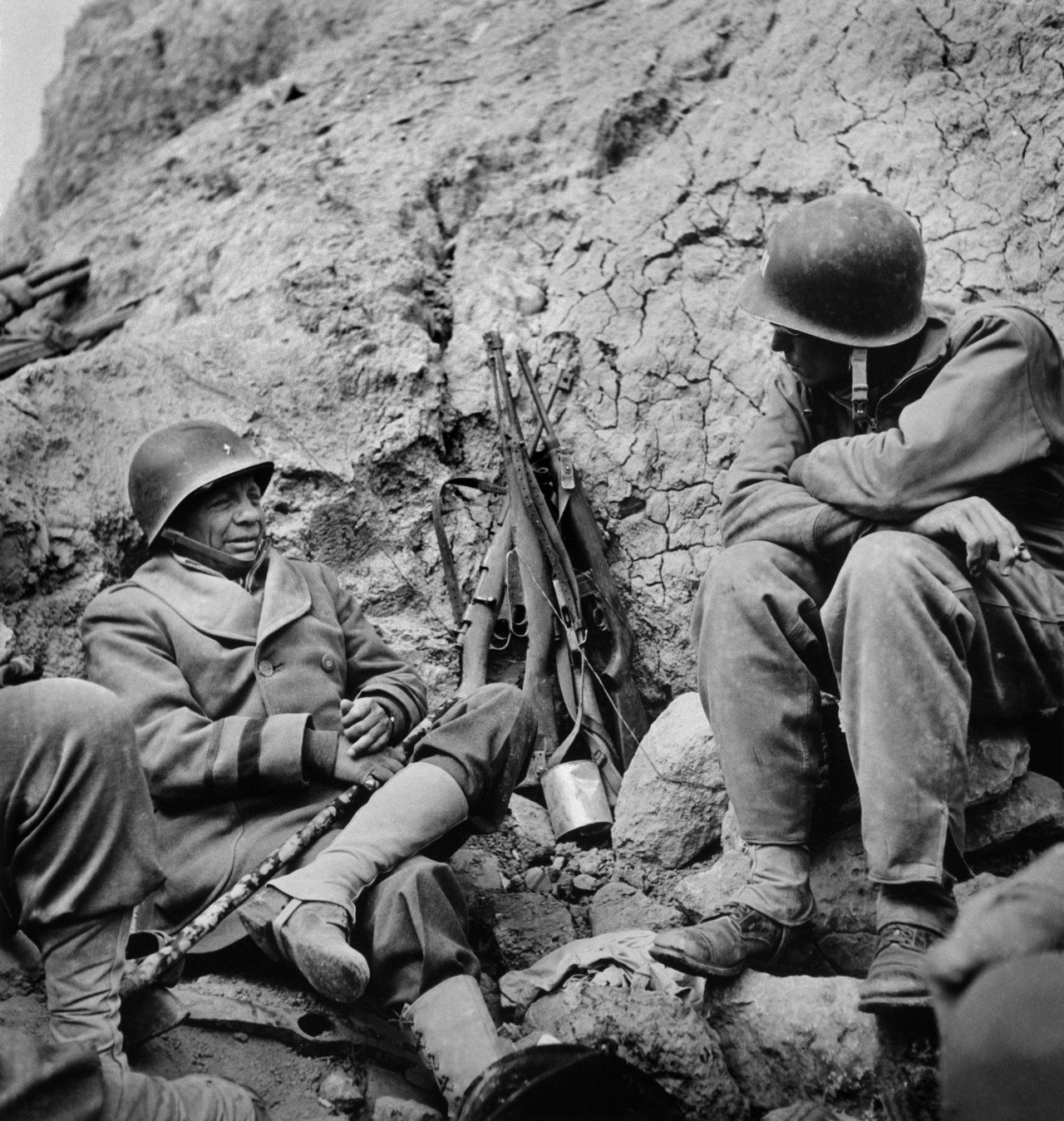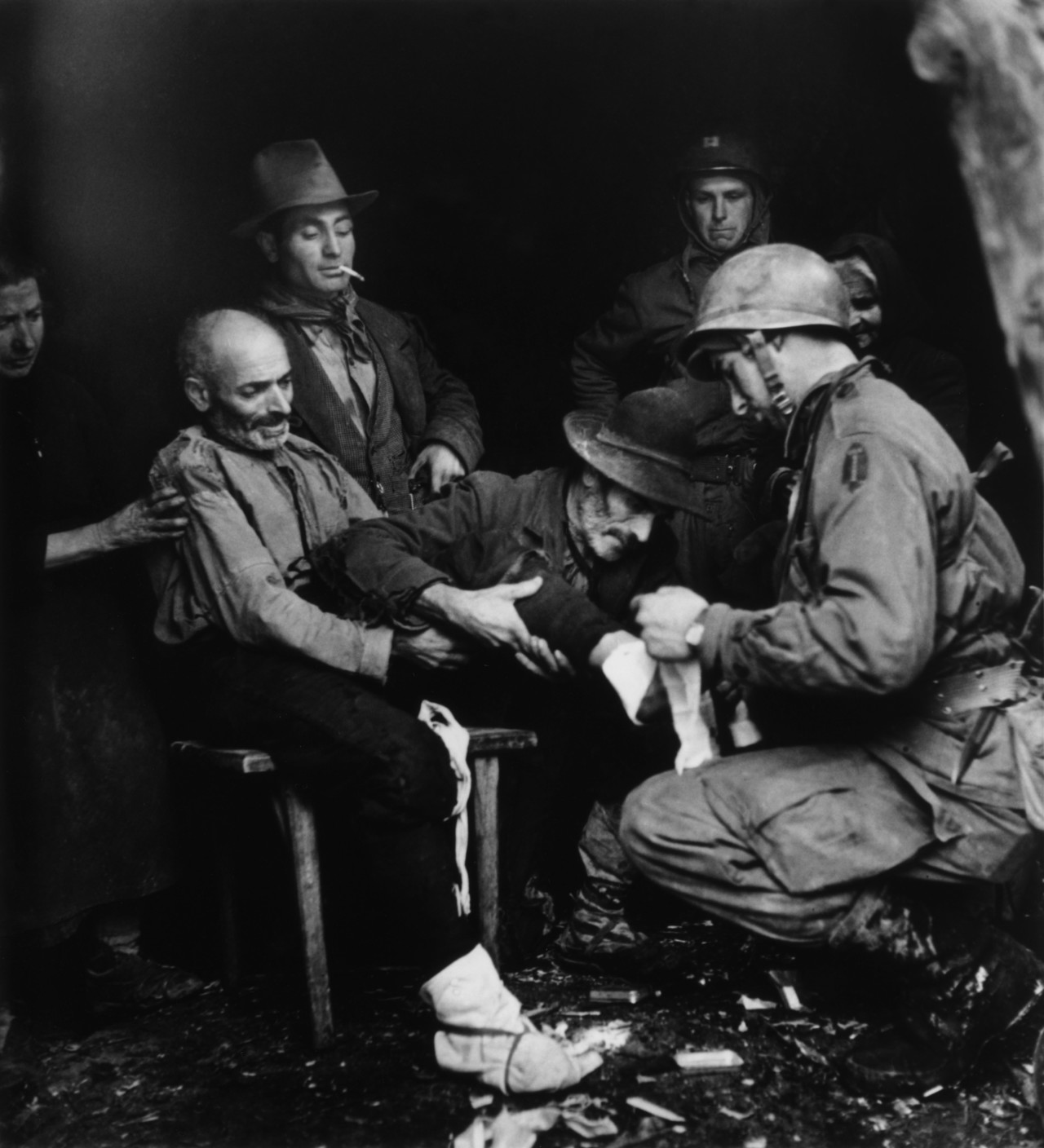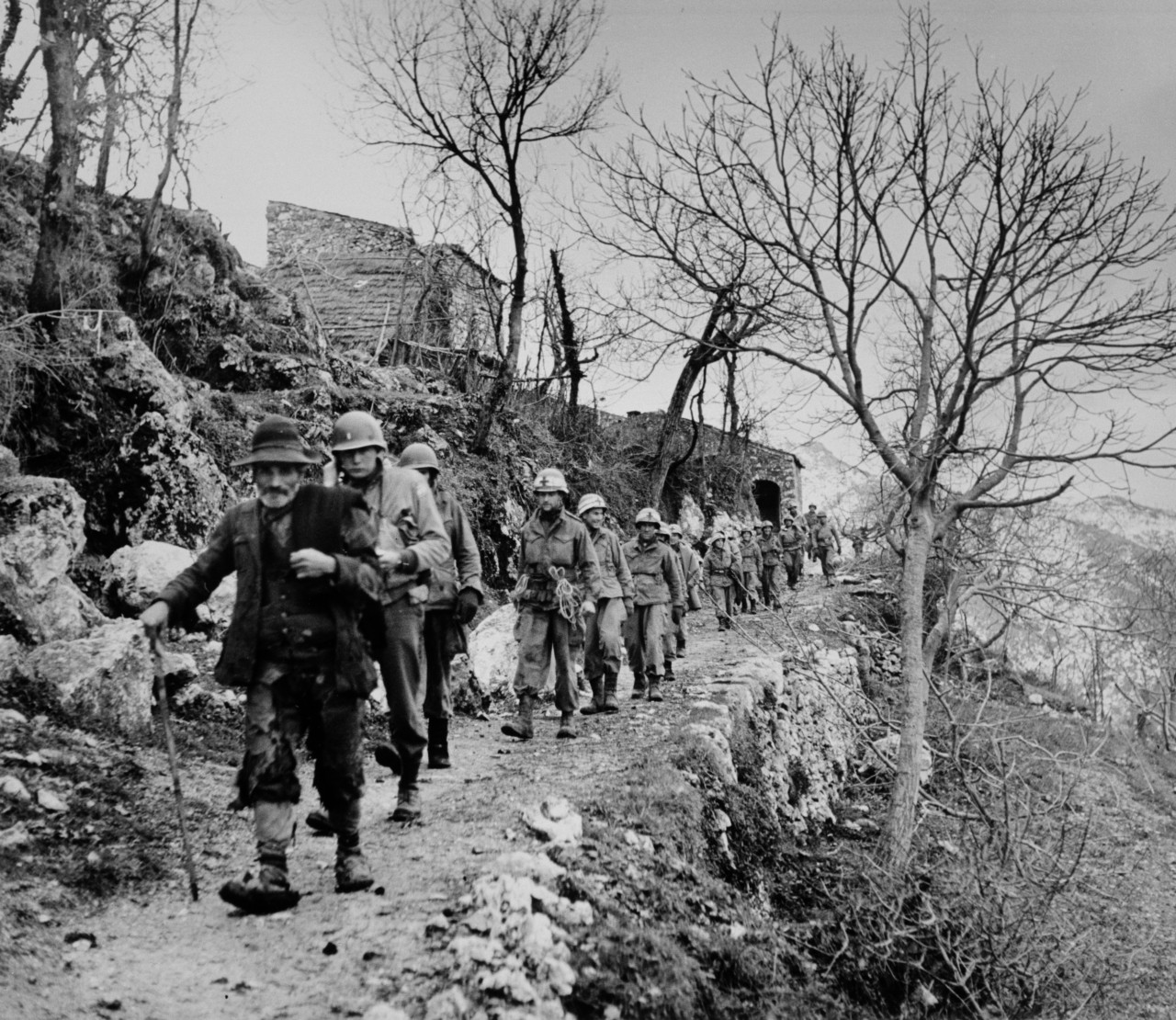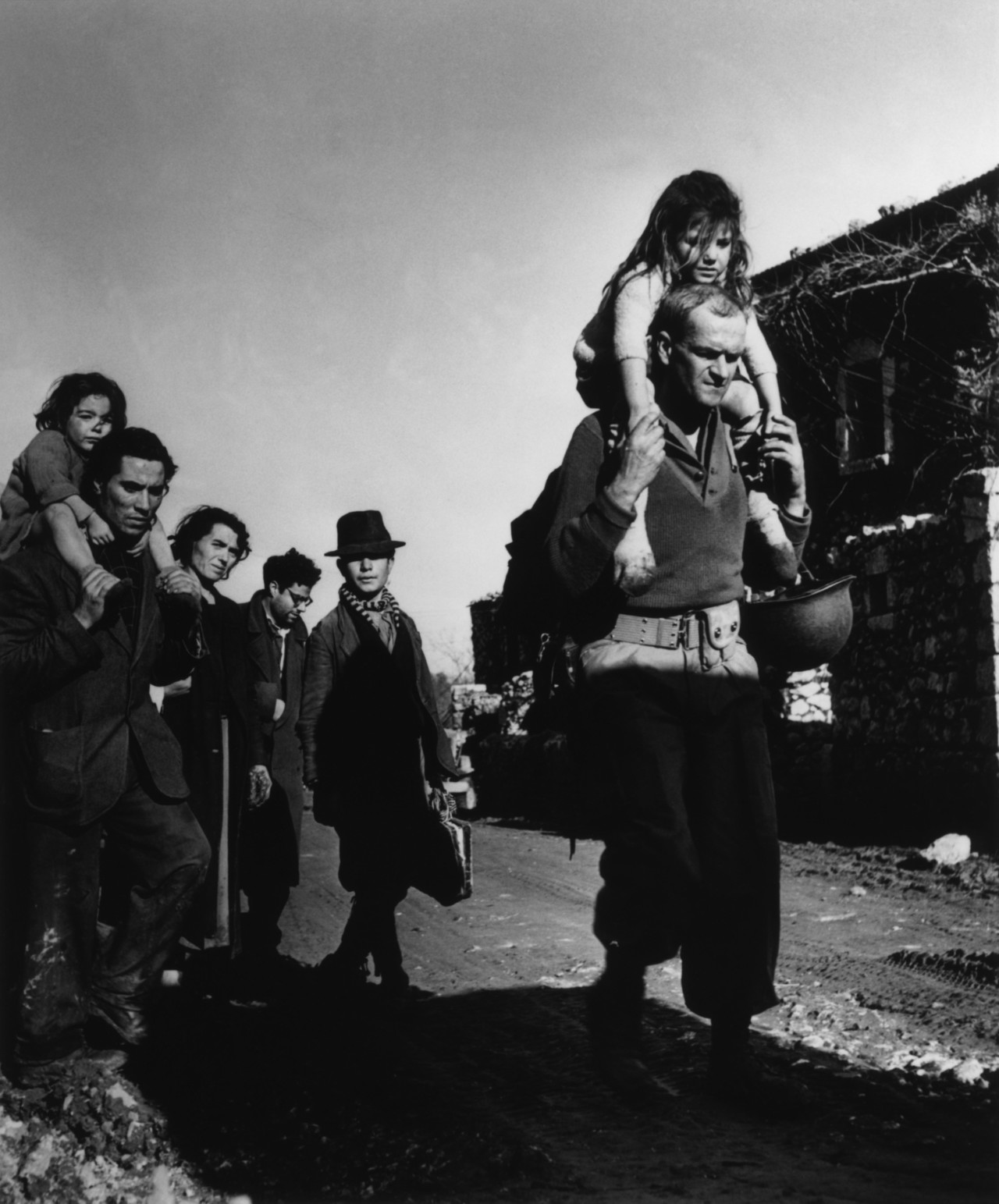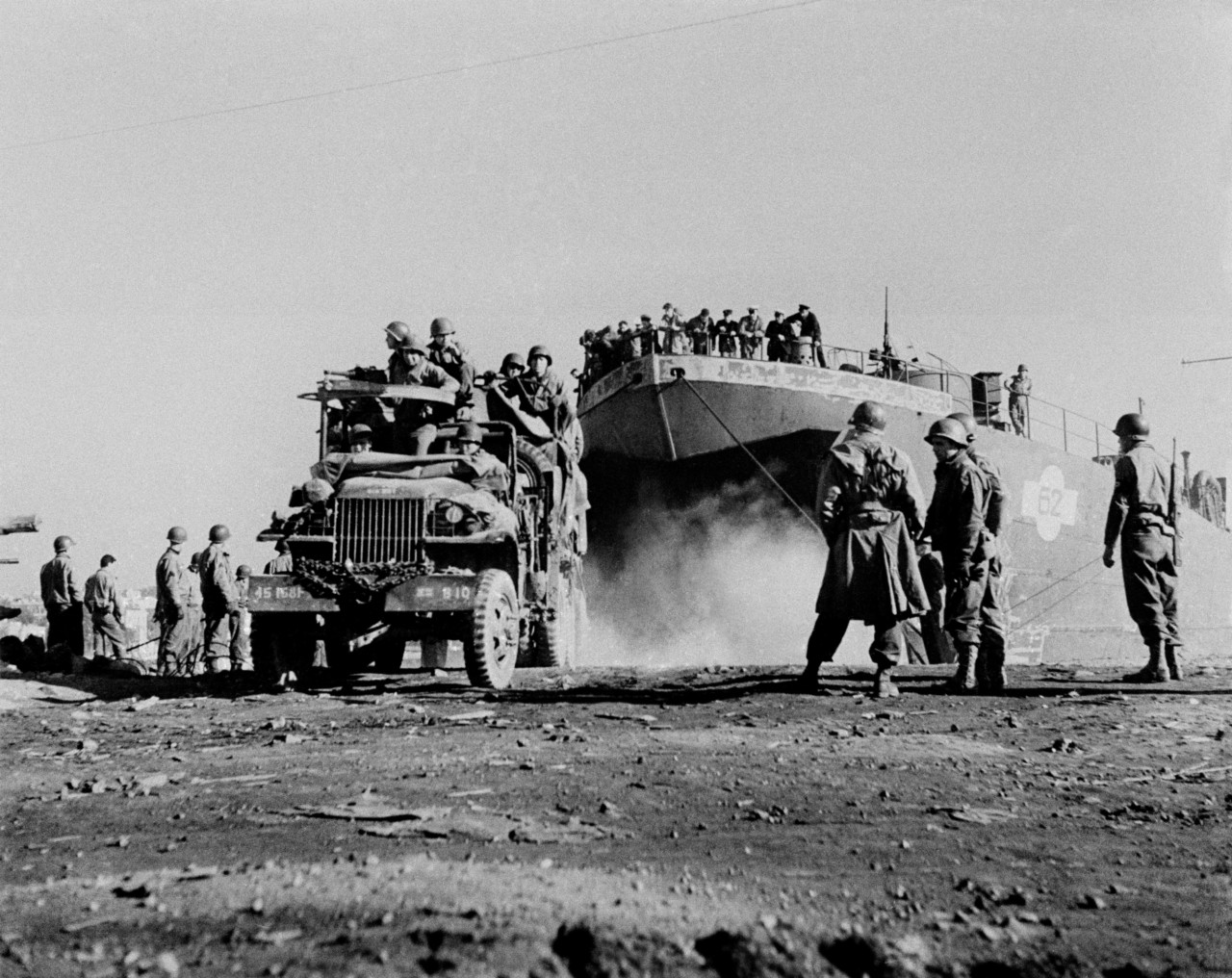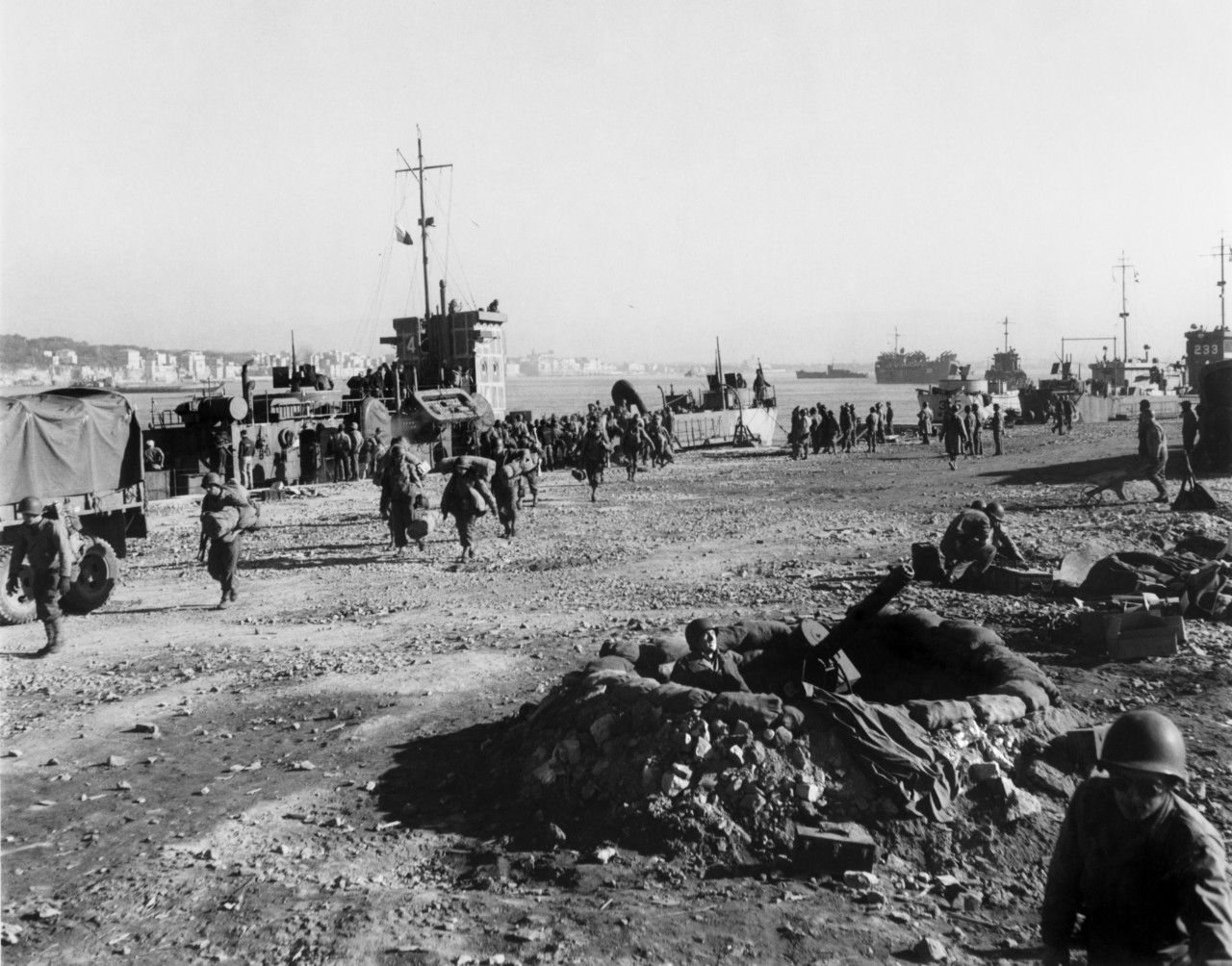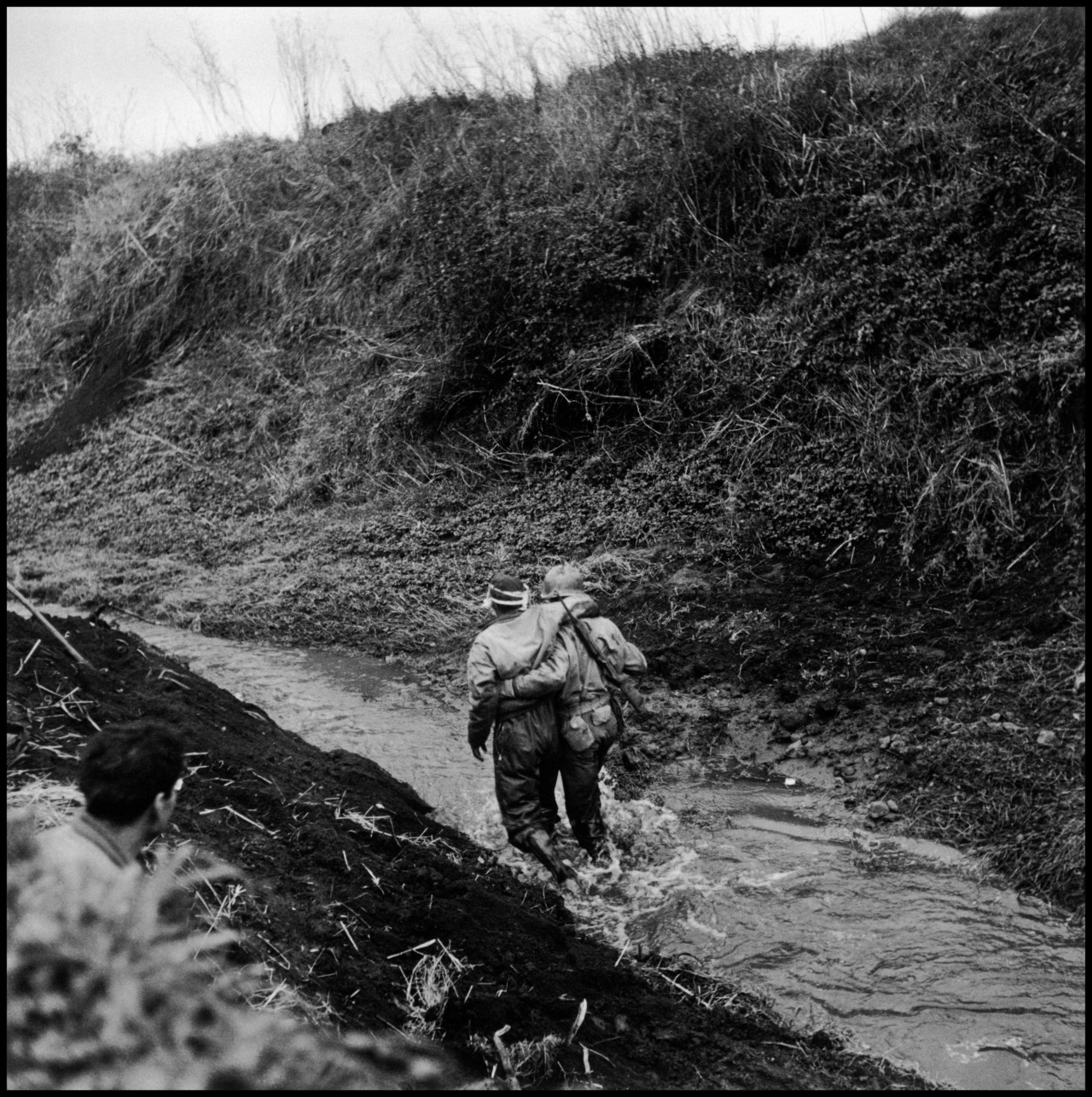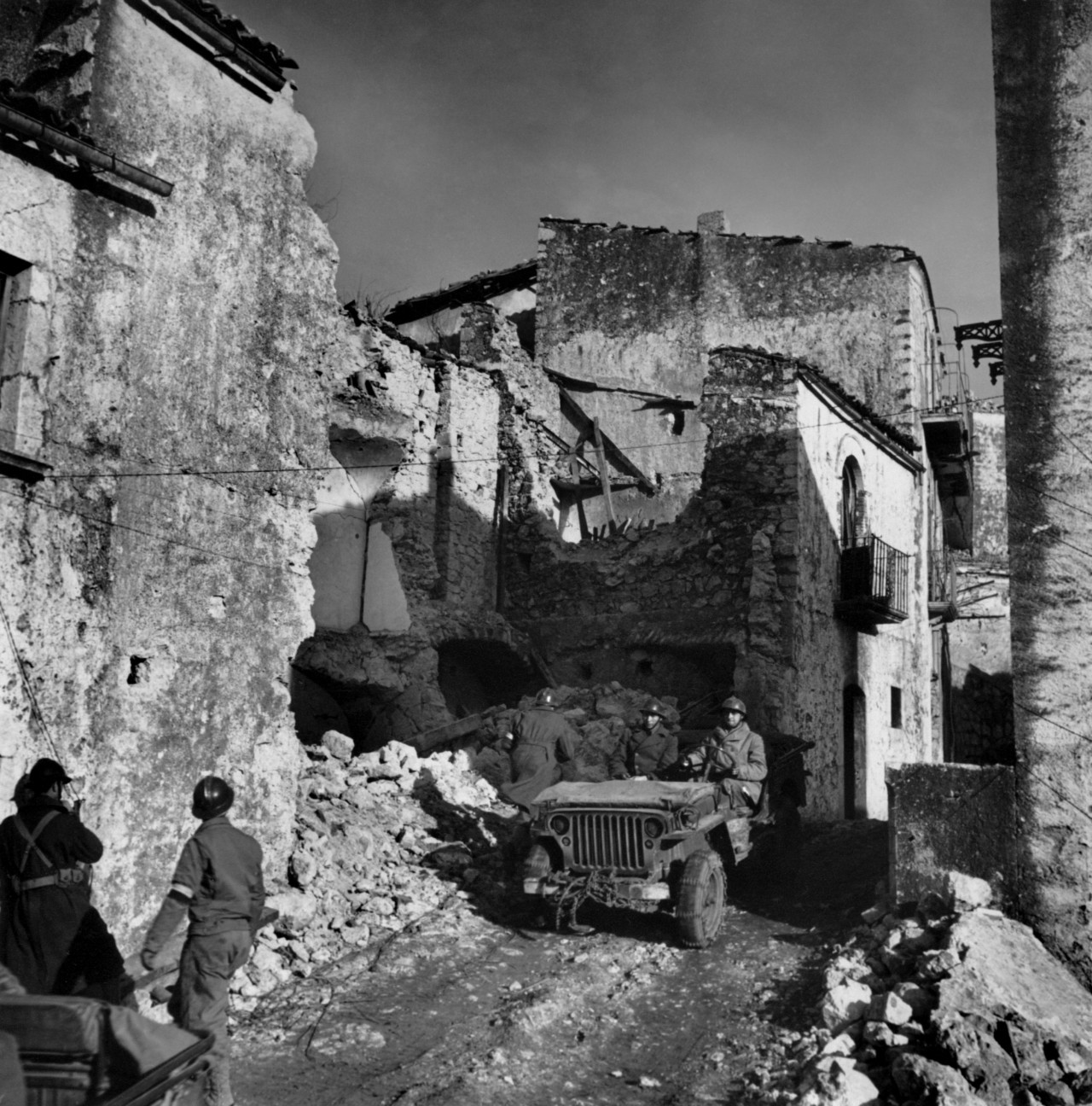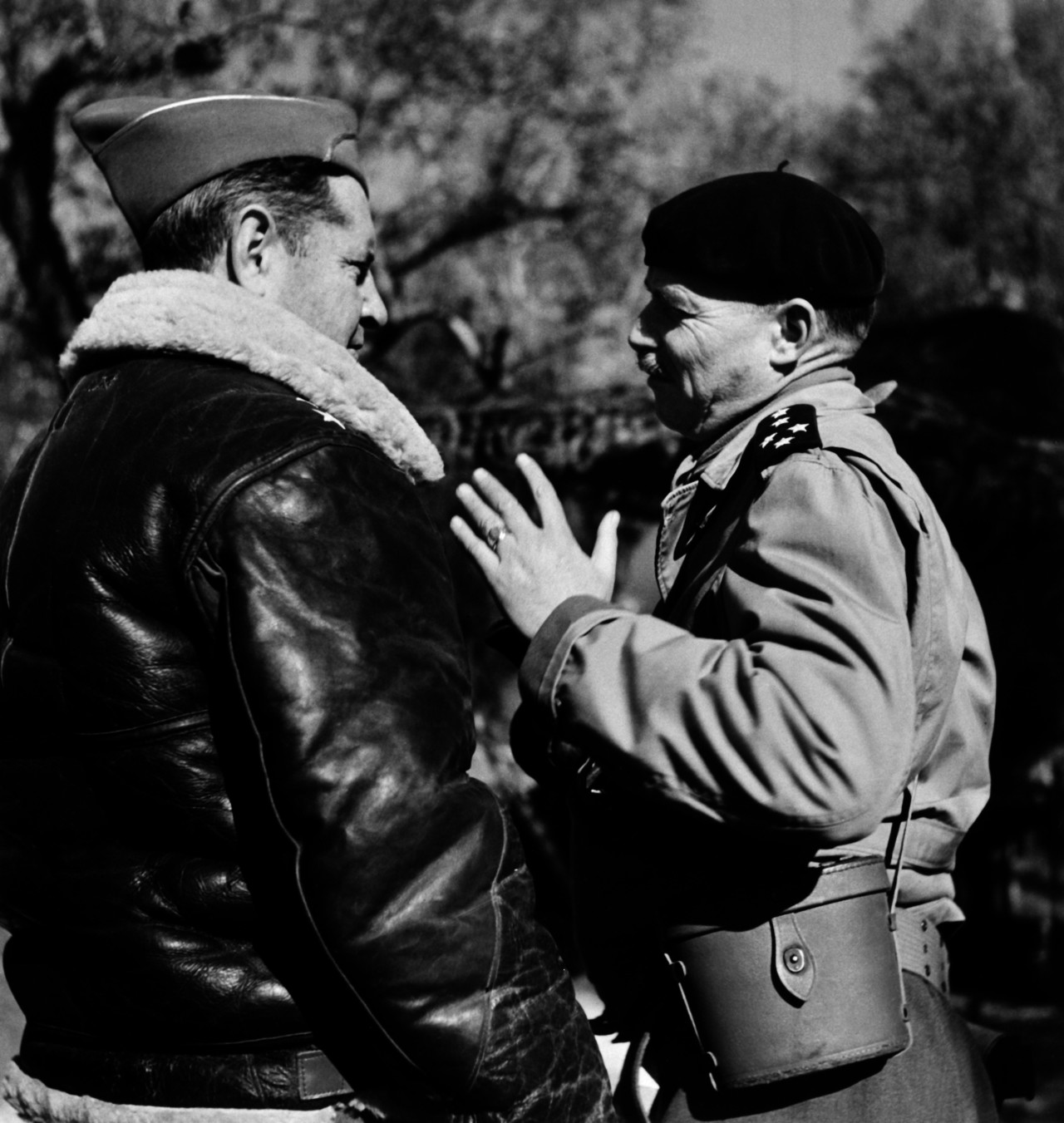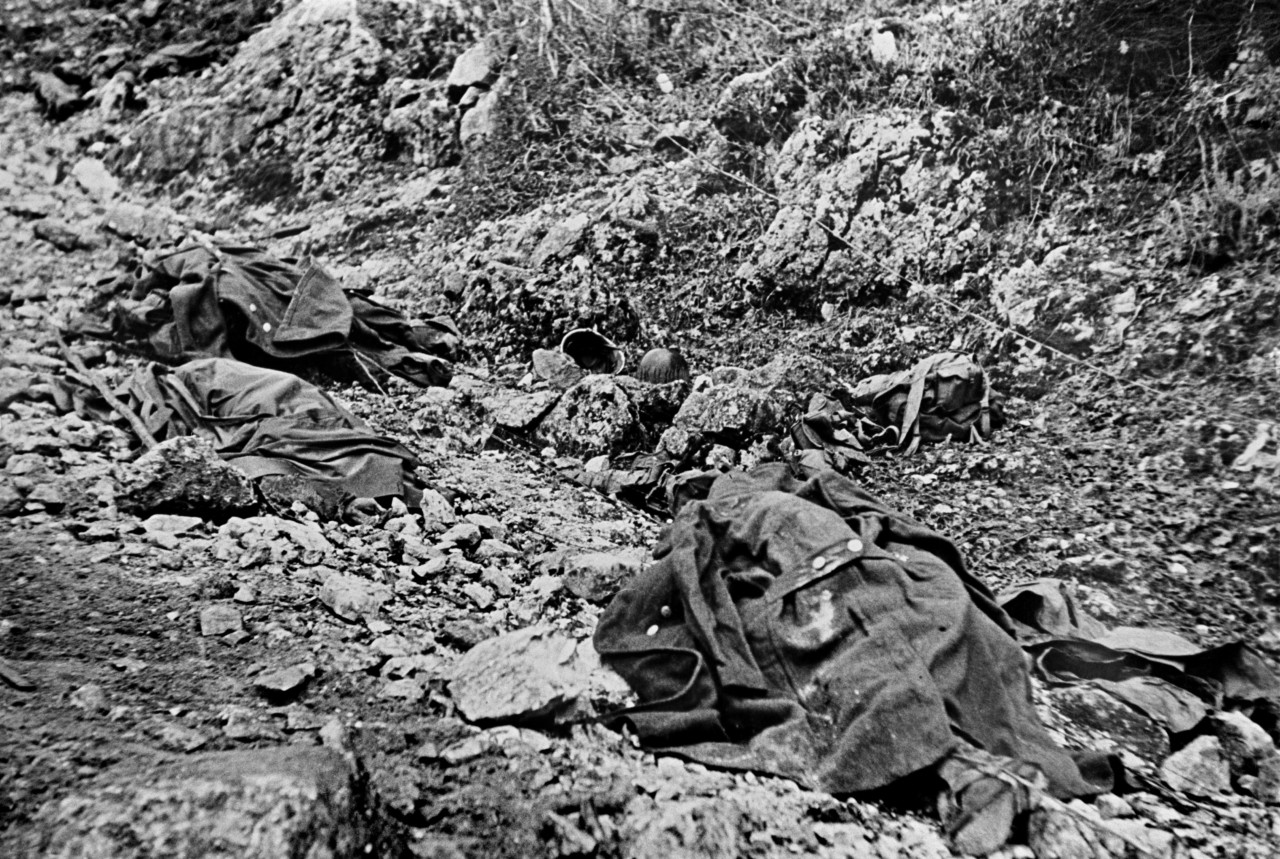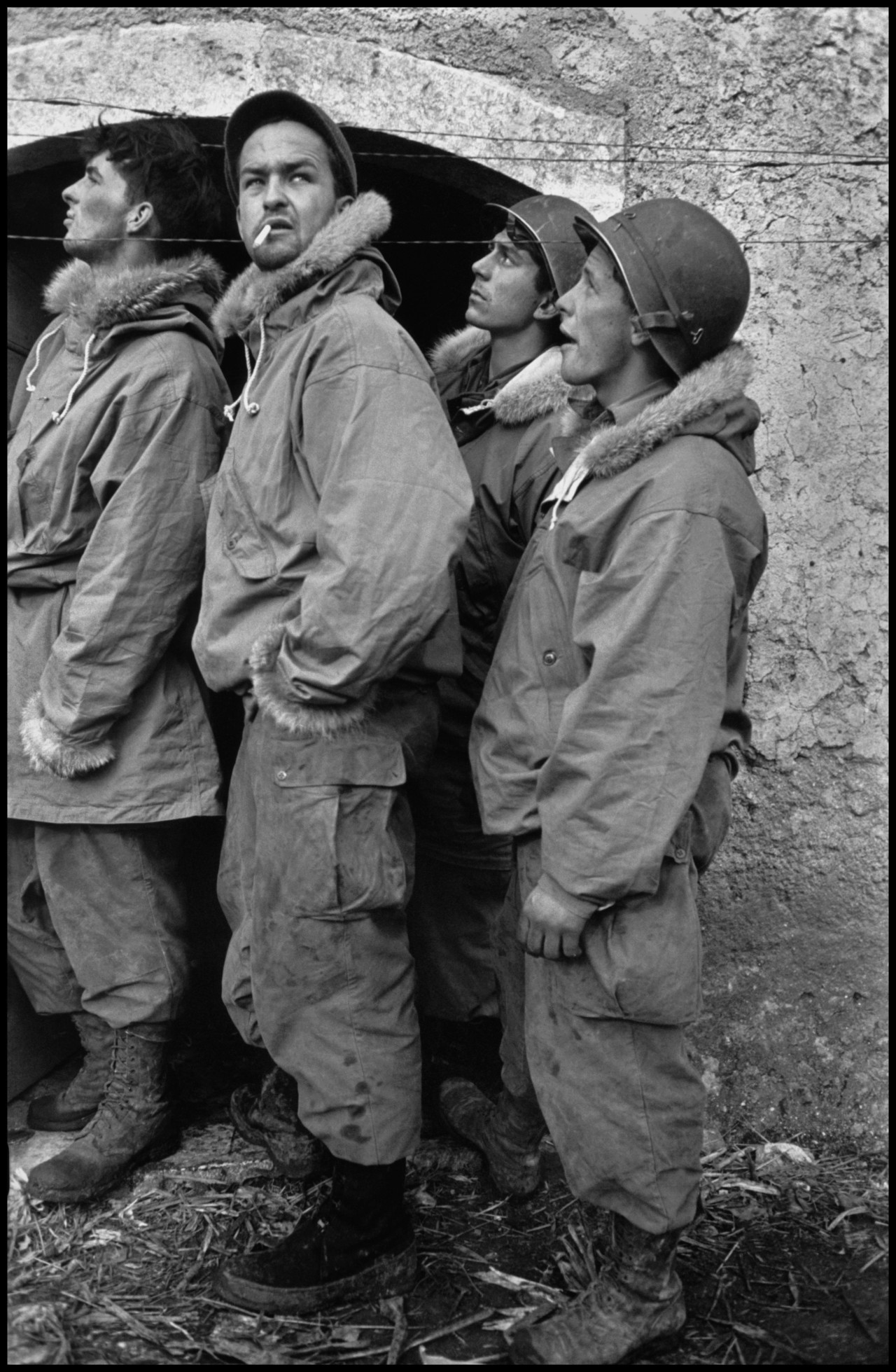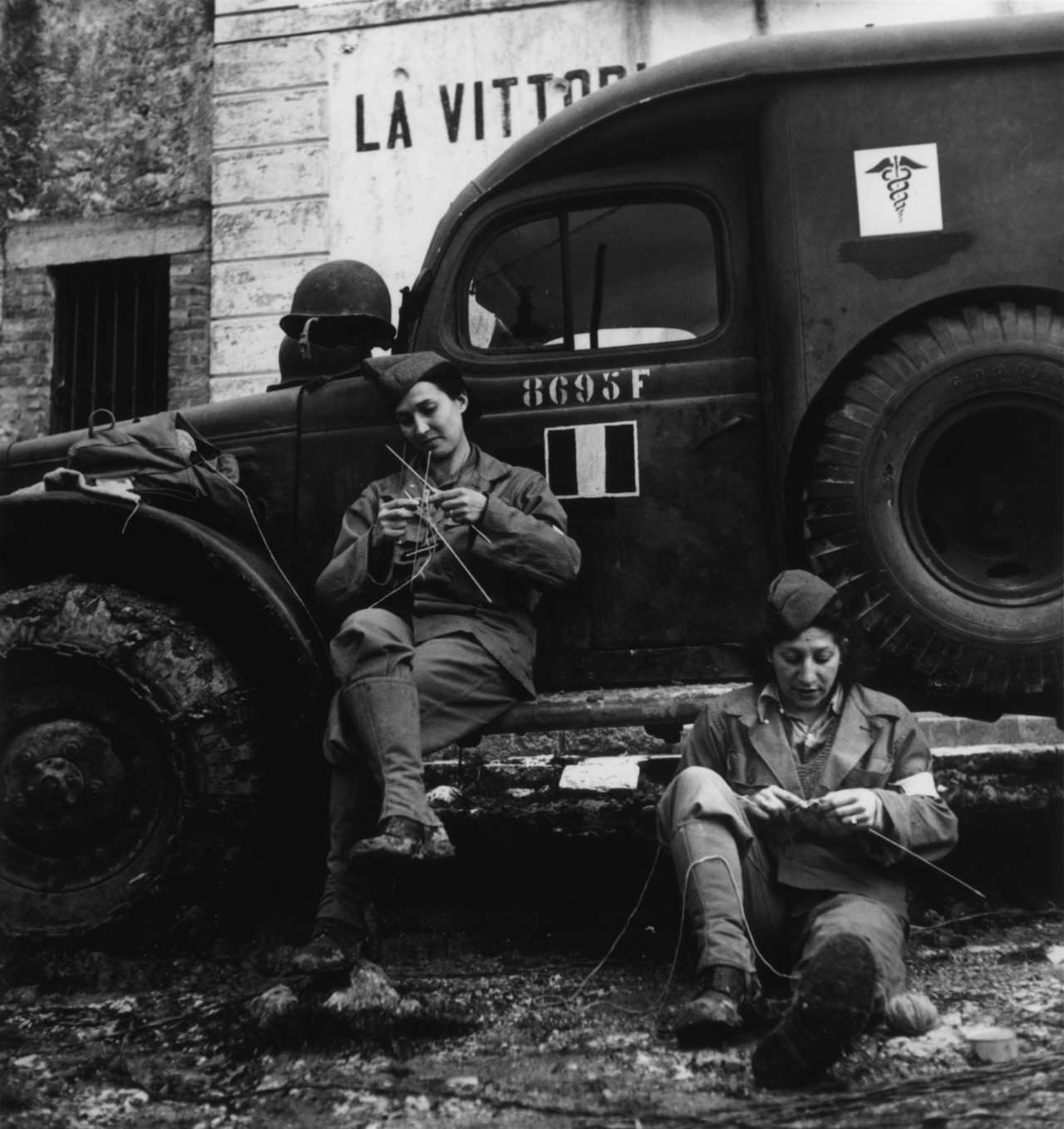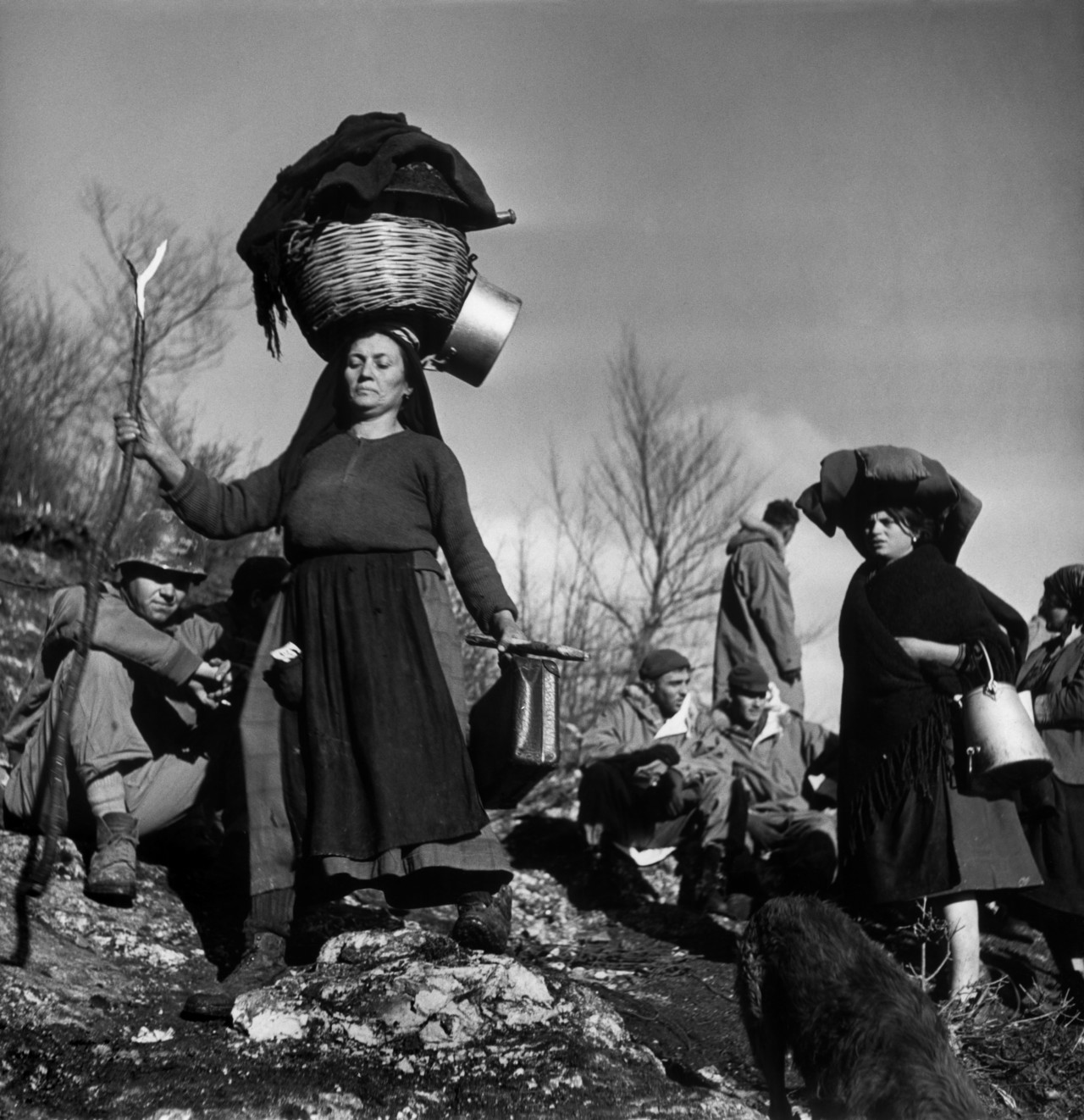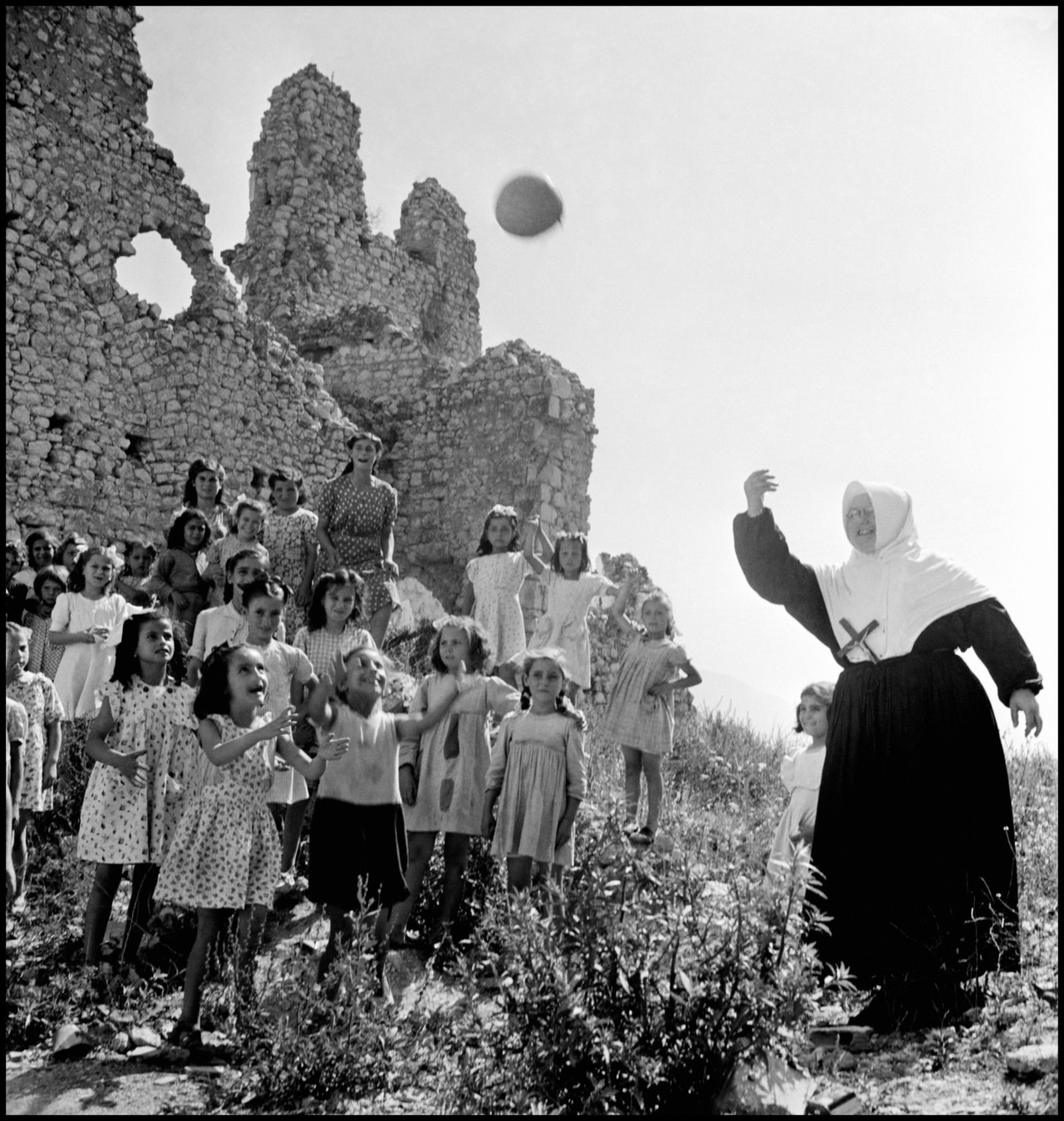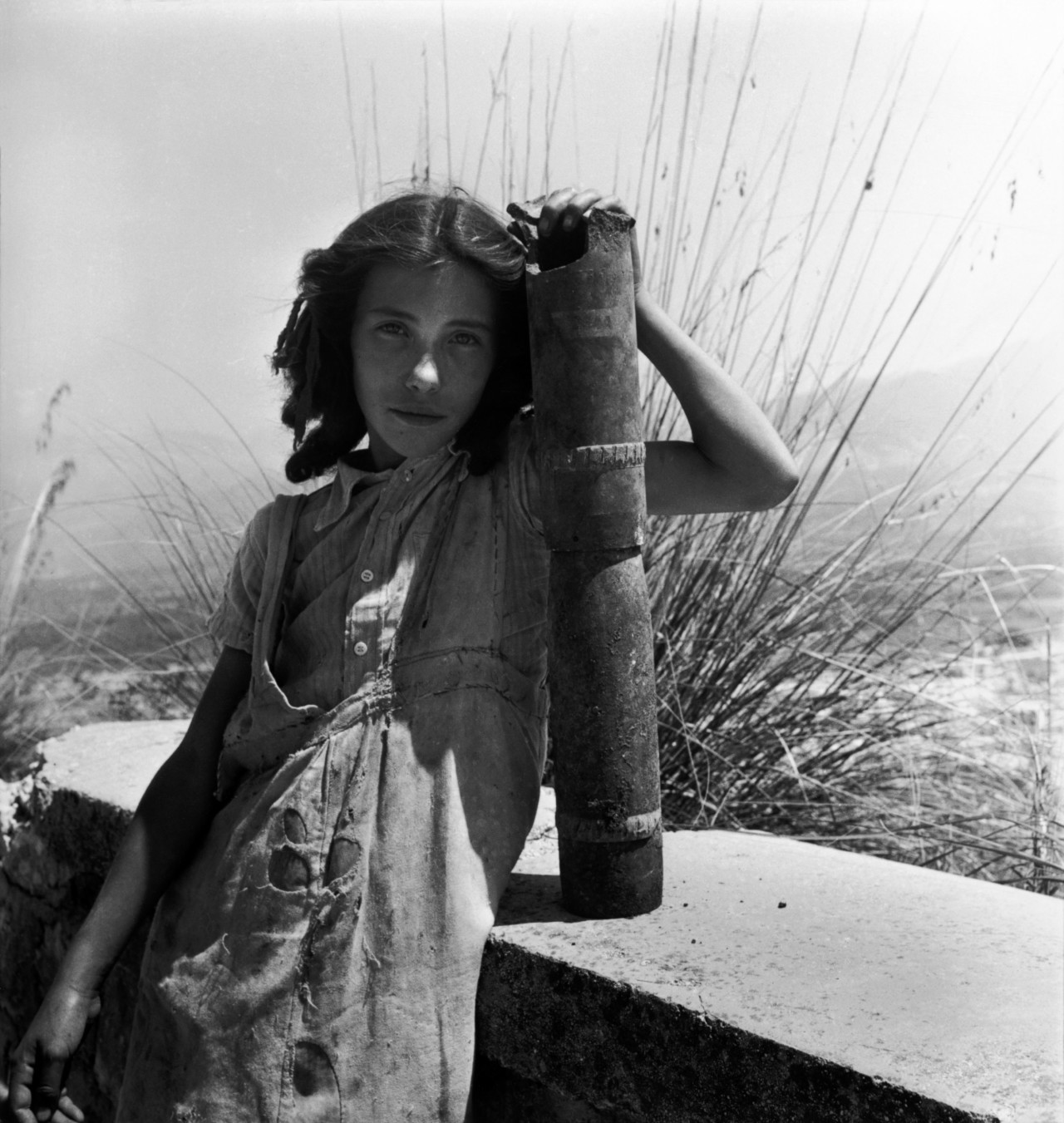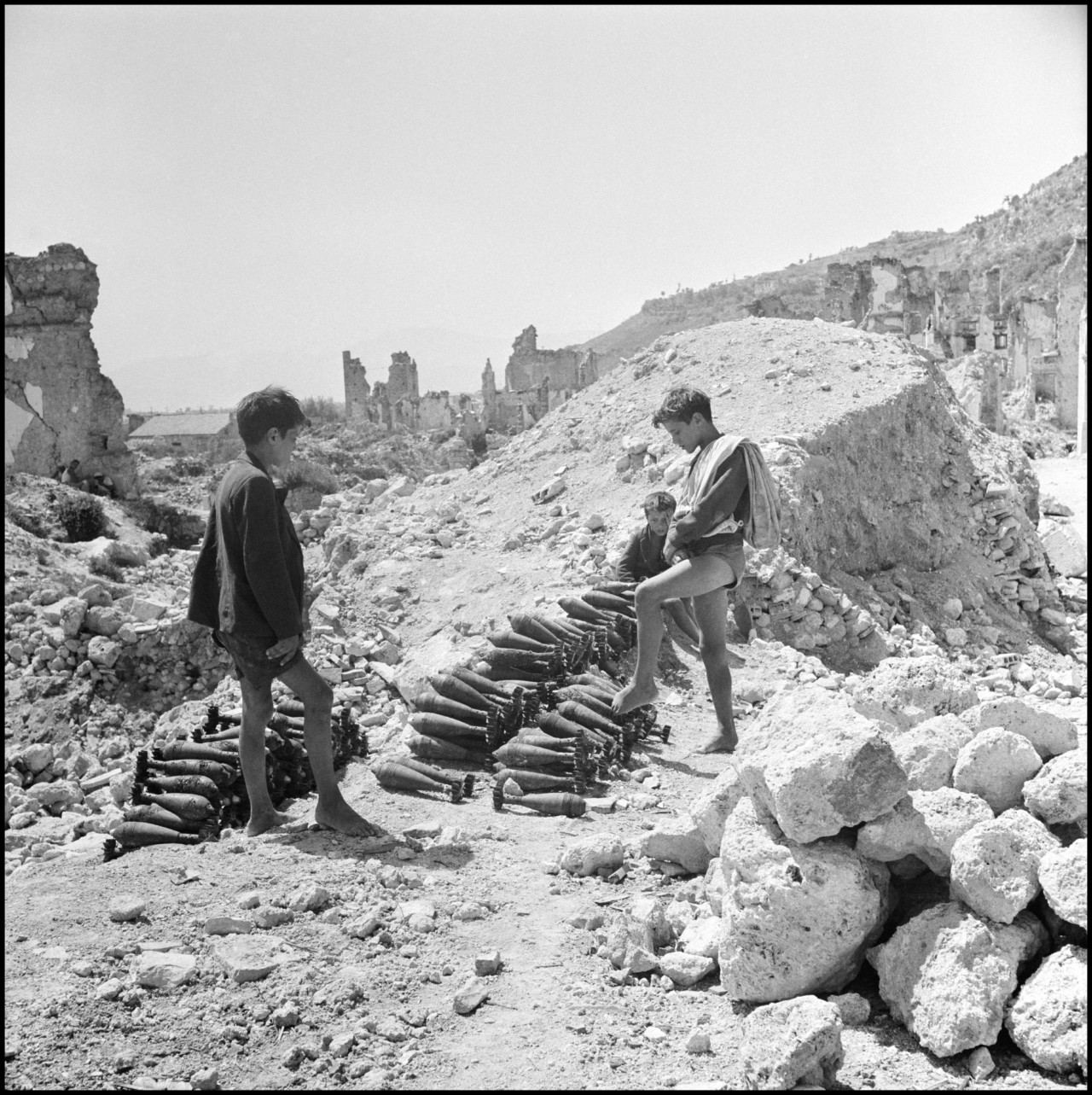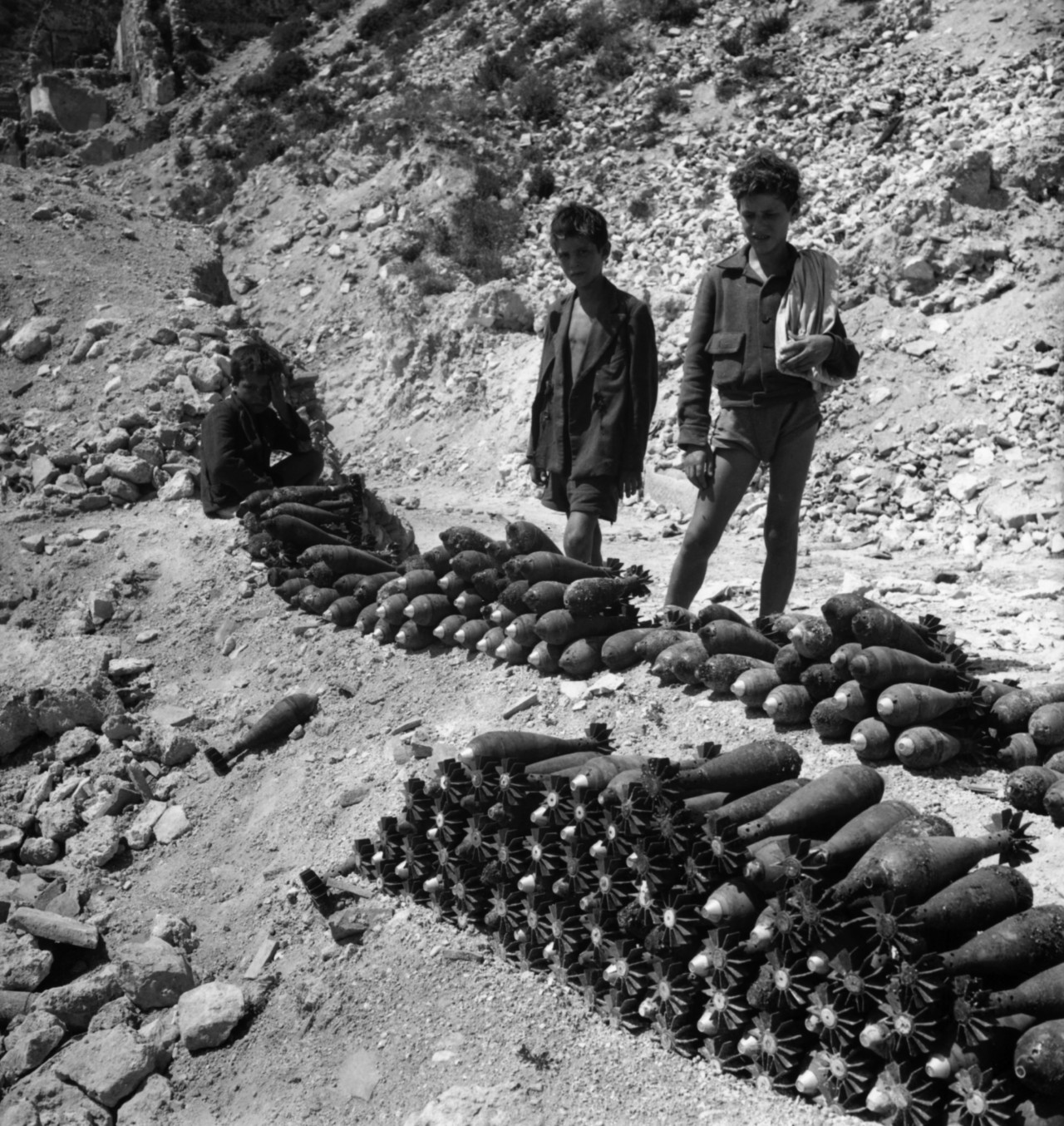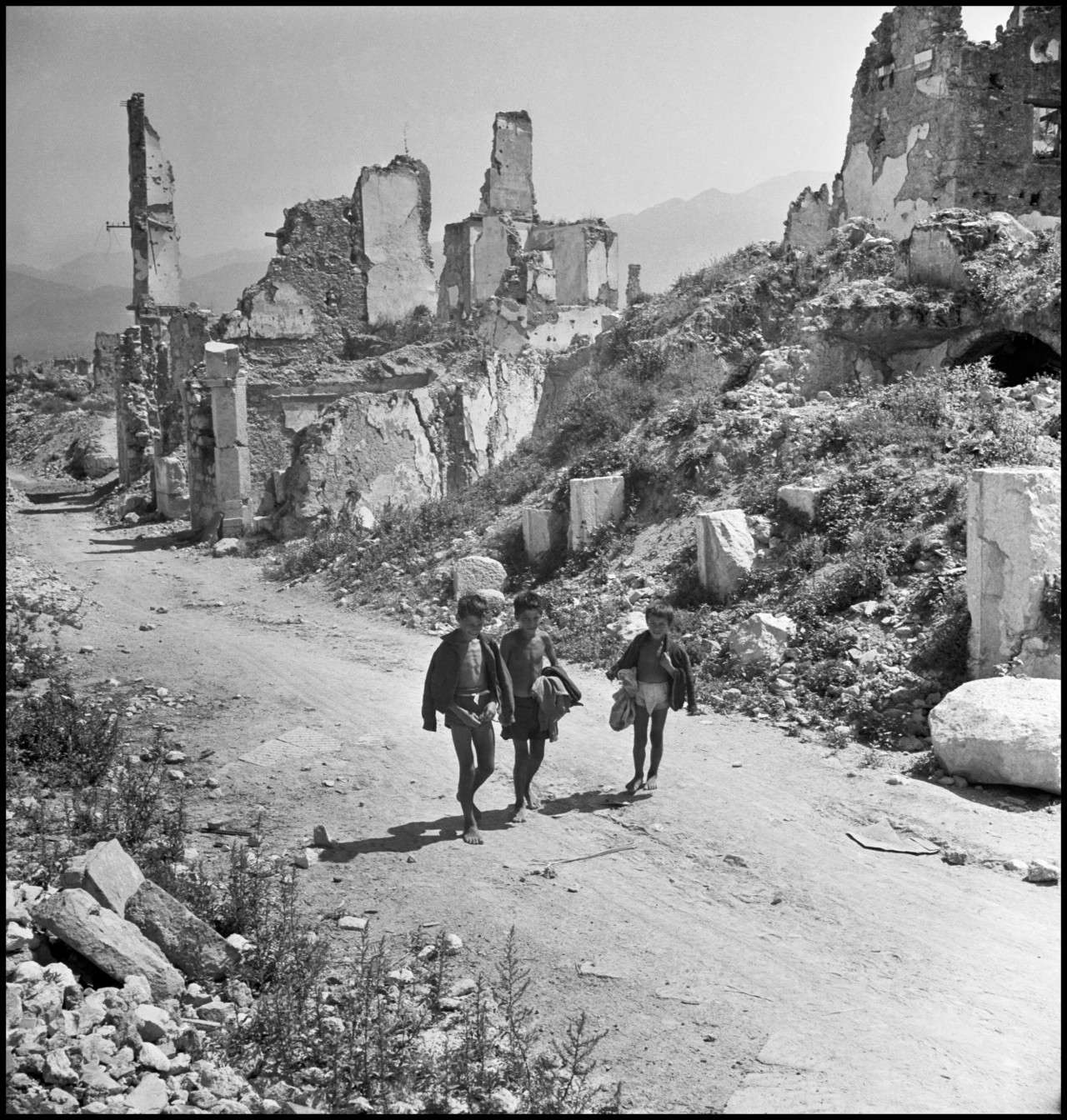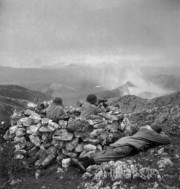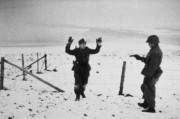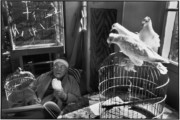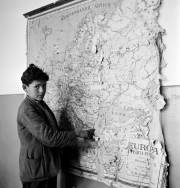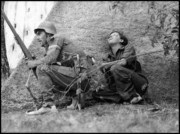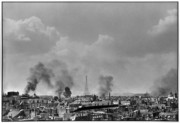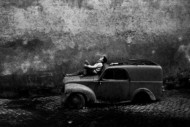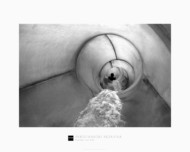The 75th Anniversary of the Battle of Monte Cassino
Magnum co-founders Robert Capa and David 'Chim' Seymour photographed the battle for mainland Italy and the long-lasting devastation wrought by the campaign.
January 17, 1944, marked the first day of what came to be known as the Battle of Monte Cassino – the Allied forces’ extensive efforts to penetrate the Axis defensive lines in Italy, break through to Rome, and bring World War II toward it’s conclusion. The numerous defensive lines, held by Italian and German forces, collectively known as the Winter Line, stretched across much of the width of the Italian mainland, and significantly hindered the Allied advance northward to the capital. The four month campaign was hard-fought, and took a heavy toll upon Allied forces, surprising some who had expected Italy to fall with little resistance.
The campaign was named for the prominent abbey of Monte Cassino, a landmark occupying high ground on the outskirts of the town of Cassino, itself on the Winter Line. The Allies bombarded the abbey repeatedly, and over the course of the fighting launched major assaults along the defences four times.
Magnum Photos co-founder Robert Capa, already famed for his work during the Spanish Civil War, had followed the preceding Allied campaign in Sicily – under the name of Operation Husky – in September, 1943, before finding himself accompanying advancing troops in the push north, toward Naples. Capa had arrived in Naples to find a devastated city, and it was there that he captured his shocking, and iconic photographs of the mass funeral of young, local boys, executed by the Germans for stealing weapons to aid the resistance.
After a late-winter sojourn, Capa found himself again at the front on the 18th of December, pushing northward from Naples over rugged landscape and in bitter weather conditions. Near Monte Cassino he photographed the amassed French-Moroccan troops who were resupplying the allies for the coming push. From here Capa went on to accompany the US-Canadian Special Service Force, an elite mountain warfare unit, and alongside them he photographed – in early January 1944 – civilians fleeing the escalating violence. Capa then relocated in order to document the amphibious attack upon Anzio – a remarkable success in an often torturous period for the advancing Allies, which took the axis defenders by surprise.
The sprawling, multi-fronted campaign that came to be known as the Battle of Monte Cassino neared its end in May, with the famed abbey itself finally falling, controversially, to Allied bombardment on May 16, precipitating a wider collapse in the Axis defences along the lines. Capa had long since left Italy by that time, returning to London where he would start planning his involvement in the coming invasion of northern France. It was there that he would make some of his most famed work from the conflict.
In 1948 Capa’s colleague, a great friend since his early days in Paris, and fellow Magnum Photos co-founder, David ‘Chim’ Seymour, travelled to the very battlegrounds that Capa had photographed during the hostilities. His images of Italian cities still in ruins, blinded and maimed children in varying stages of recuperation, and the piles of unexploded ordinance emphasise the long-lasting impact of the conflict on the Italian people. These images, taken from his broader post-war work The Children of Europe, underline the depth of the devastation that the conflict had wrought upon the peoples, and especially the youth, of Europe.


